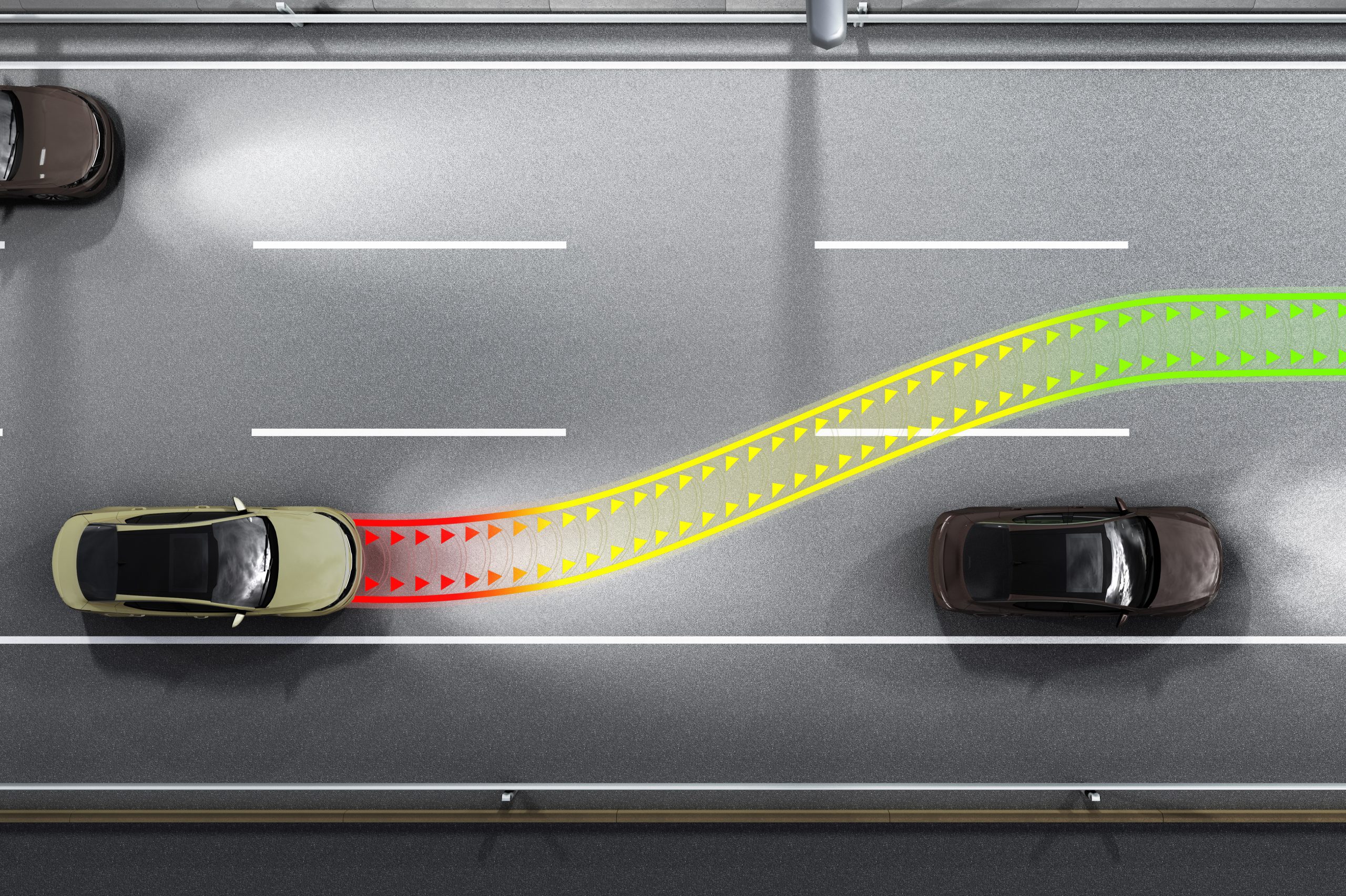Cognitive AI
Our patent-pending cogniBOT™ AI architecture realistically simulates how humans perceive, think, and act. They reproduce the entire sensorimotor chain of information processing including all limitations of human perception and behavior in traffic.
Human behavior emerges from a complex sequence of processing steps in the central nervous system. Many of these are highly relevant for traffic situations and are explicitly simulated by the cogniBOT™ architecture. The following examples illustrate how characteristics and limitations of human information processing influence behavior in traffic.






